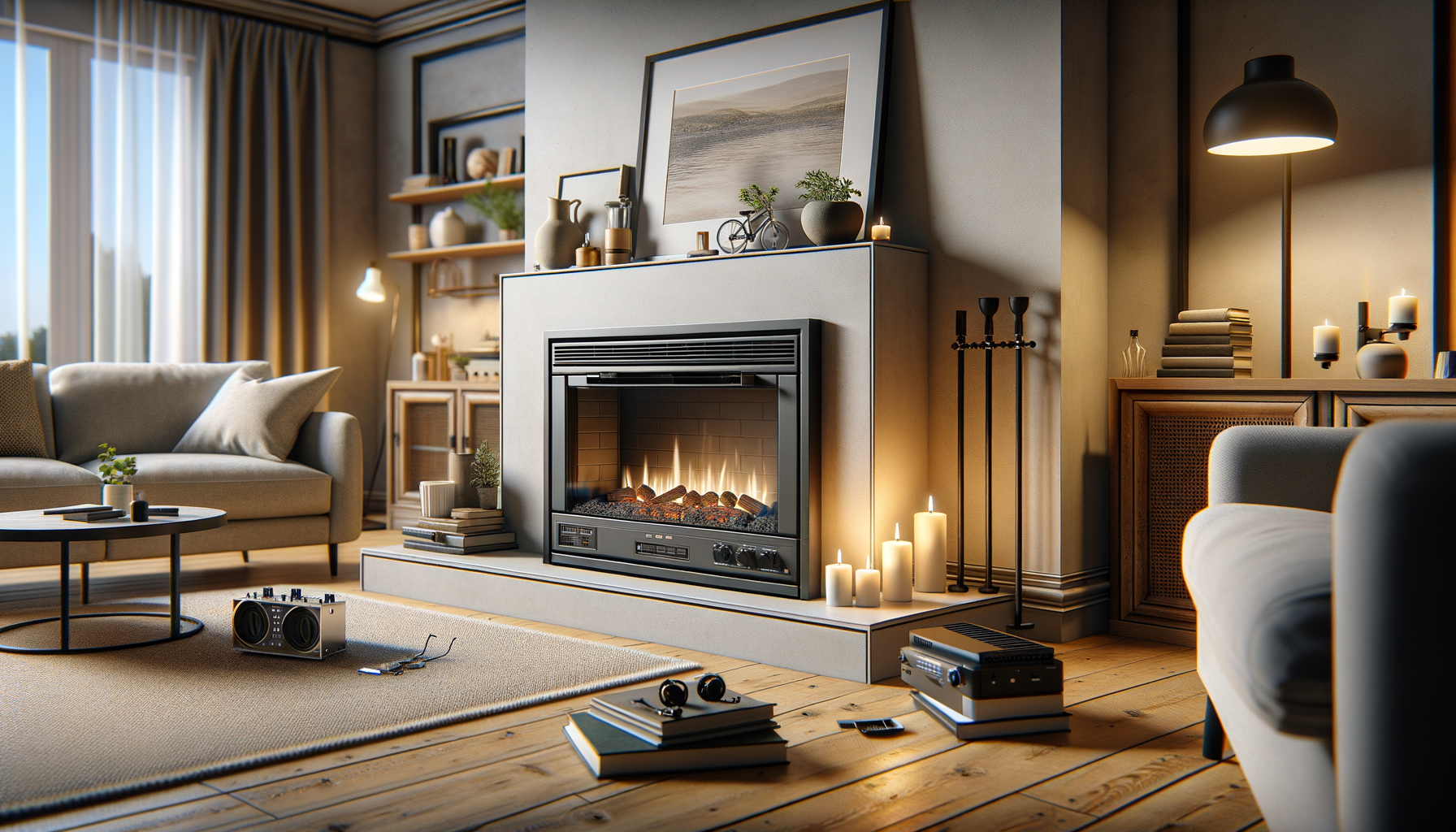
Ventless Gas Fireplaces: What You Need to Know Before Installing
Introduction to Ventless Gas Fireplaces
Ventless gas fireplaces have become a popular choice among homeowners seeking an efficient and aesthetically pleasing heating solution. Unlike traditional fireplaces, they do not require a chimney or venting system, making them more flexible in terms of installation. This feature allows homeowners to enjoy the warmth and ambiance of a fireplace without the need for extensive renovations. As we delve into the various aspects of ventless gas fireplaces, we will explore their features, efficiency, safety, and installation considerations.
Features of Ventless Gas Fireplaces
Ventless gas fireplaces come with a variety of features that cater to different preferences and home settings. One of the most appealing aspects is their ease of installation. Since they do not require a chimney or external venting, they can be installed in virtually any room. This flexibility allows for creative placement options, such as in bedrooms or bathrooms, where traditional fireplaces would not be feasible.
Another notable feature is their design versatility. Ventless gas fireplaces are available in numerous styles, from contemporary to rustic, allowing homeowners to choose a model that complements their interior decor. Additionally, they often come with remote controls and adjustable thermostats, providing convenience and control over the heating output.
Furthermore, these fireplaces typically use natural gas or propane as fuel, which are both efficient and clean-burning options. This contributes to their appeal as an environmentally friendly heating solution, as they produce fewer emissions compared to wood-burning fireplaces.
Efficiency and Performance
Ventless gas fireplaces are renowned for their efficiency. They are designed to burn fuel at nearly 100% efficiency, meaning that almost all the heat generated is retained within the room. This is a significant advantage over vented fireplaces, where a portion of the heat escapes through the chimney.
Moreover, the efficiency of ventless gas fireplaces translates to cost savings. Since they do not lose heat through a vent, they require less fuel to maintain a comfortable temperature, which can lower energy bills. Additionally, the ability to control the heat output with a thermostat ensures that energy is not wasted when the full heating capacity is unnecessary.
Despite their efficiency, it is essential to use these fireplaces in well-ventilated spaces to prevent the accumulation of combustion byproducts. While they are designed to burn cleanly, some byproducts, such as water vapor and carbon dioxide, are inevitable and must be managed to maintain indoor air quality.
Safety Considerations
Safety is a critical factor when considering a ventless gas fireplace. These fireplaces are equipped with safety features, such as oxygen depletion sensors, which automatically shut off the unit if oxygen levels drop too low. This ensures that the fireplace operates safely and reduces the risk of carbon monoxide buildup.
However, it is crucial for homeowners to follow manufacturer guidelines and local building codes when installing and operating a ventless gas fireplace. Regular maintenance and inspections are recommended to ensure the unit functions correctly and safely over time.
Additionally, while ventless gas fireplaces are designed to be safe, they may not be suitable for all homes. Individuals with respiratory conditions or sensitivities to gas byproducts should consult with a professional before installation to evaluate potential health risks.
Installation and Maintenance Tips
Installing a ventless gas fireplace is generally straightforward, but it is advisable to hire a professional to ensure compliance with safety standards and local regulations. Proper installation is crucial to prevent issues such as gas leaks or inefficient operation.
Once installed, maintaining a ventless gas fireplace involves routine cleaning and inspection. The burner and pilot light should be checked regularly to ensure they are operating correctly. Additionally, the fireplace should be kept free of dust and debris to maintain optimal performance.
Homeowners should also be aware of the signs of malfunction, such as unusual odors or difficulty igniting the fireplace, and address these issues promptly. Regular maintenance not only extends the lifespan of the fireplace but also ensures it continues to operate safely and efficiently.
Conclusion
Ventless gas fireplaces offer a convenient and efficient heating solution for modern homes. With their flexible installation options, design variety, and high efficiency, they are an appealing choice for those seeking both warmth and style. However, it is essential to consider safety and maintenance to ensure these fireplaces provide a reliable and safe source of heat. By understanding the features and considerations of ventless gas fireplaces, homeowners can make informed decisions that enhance their living spaces.